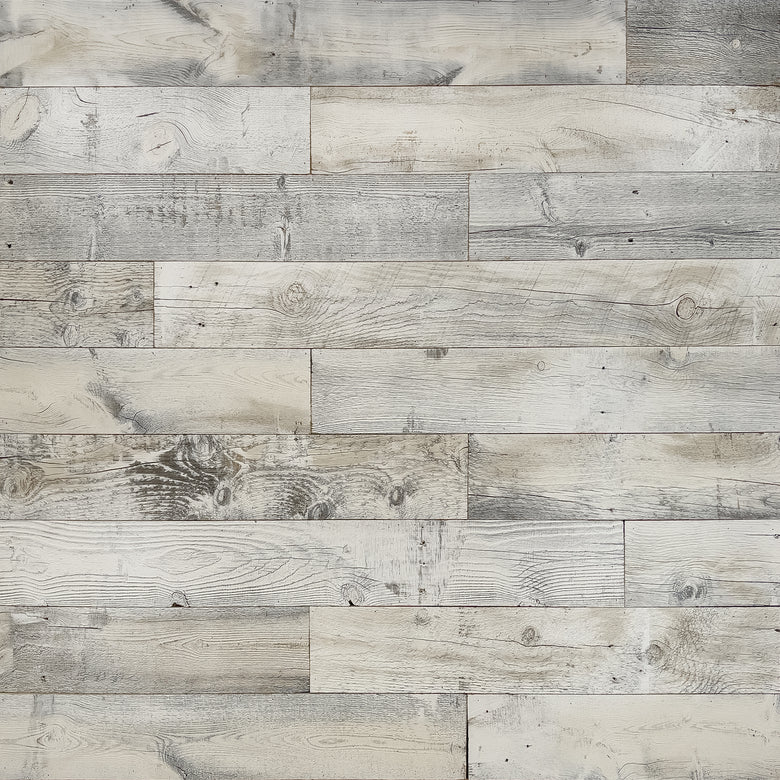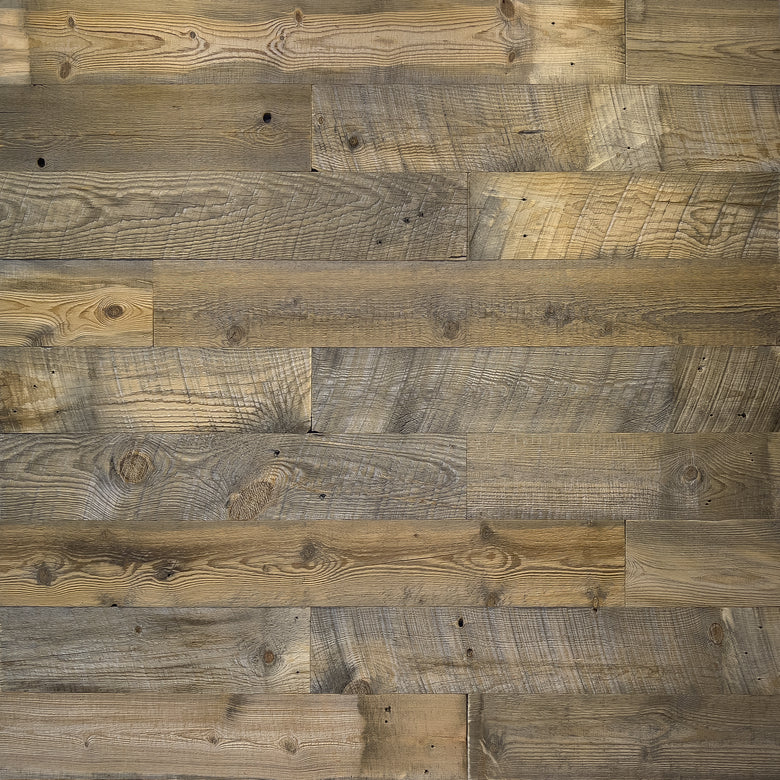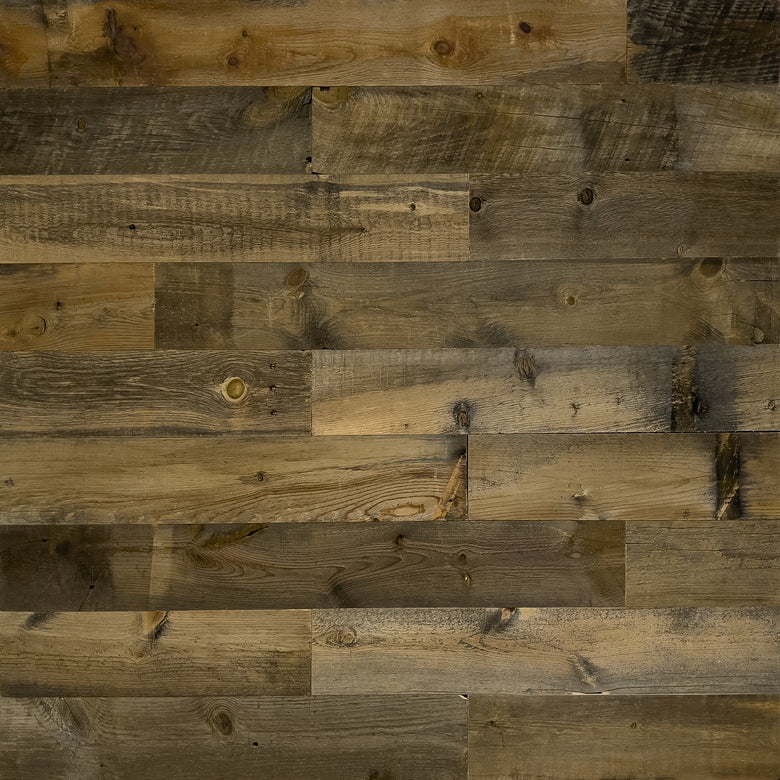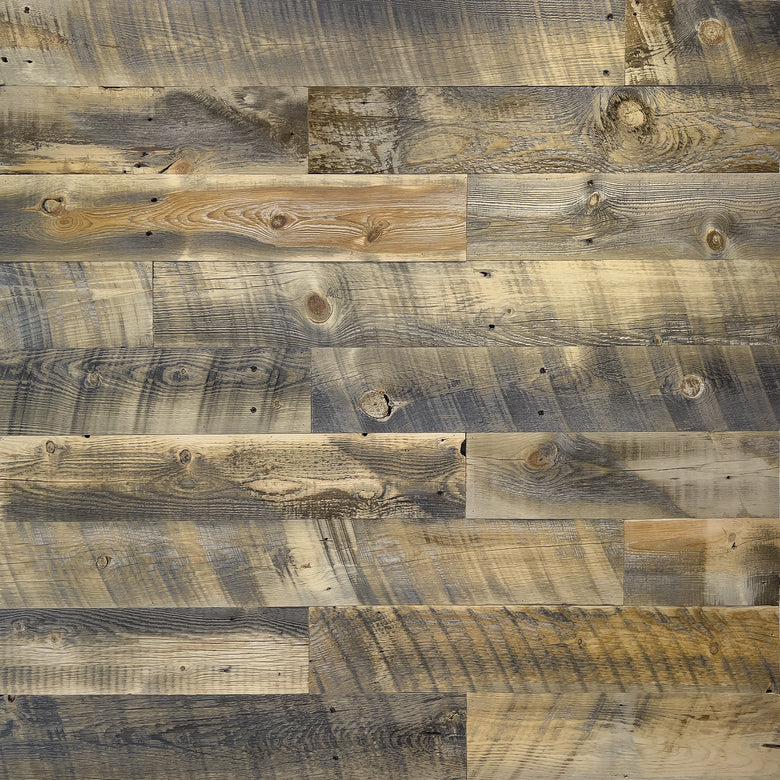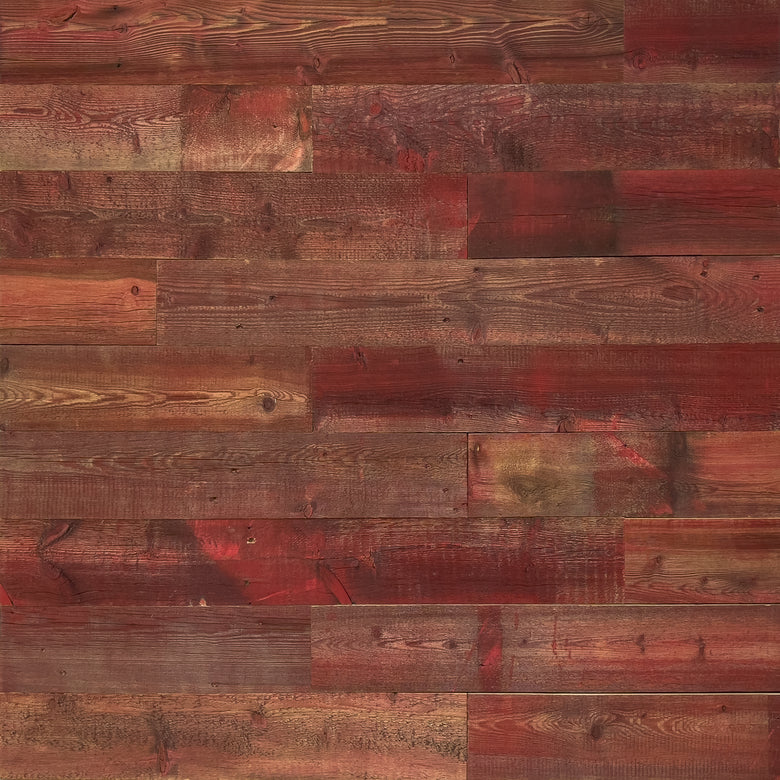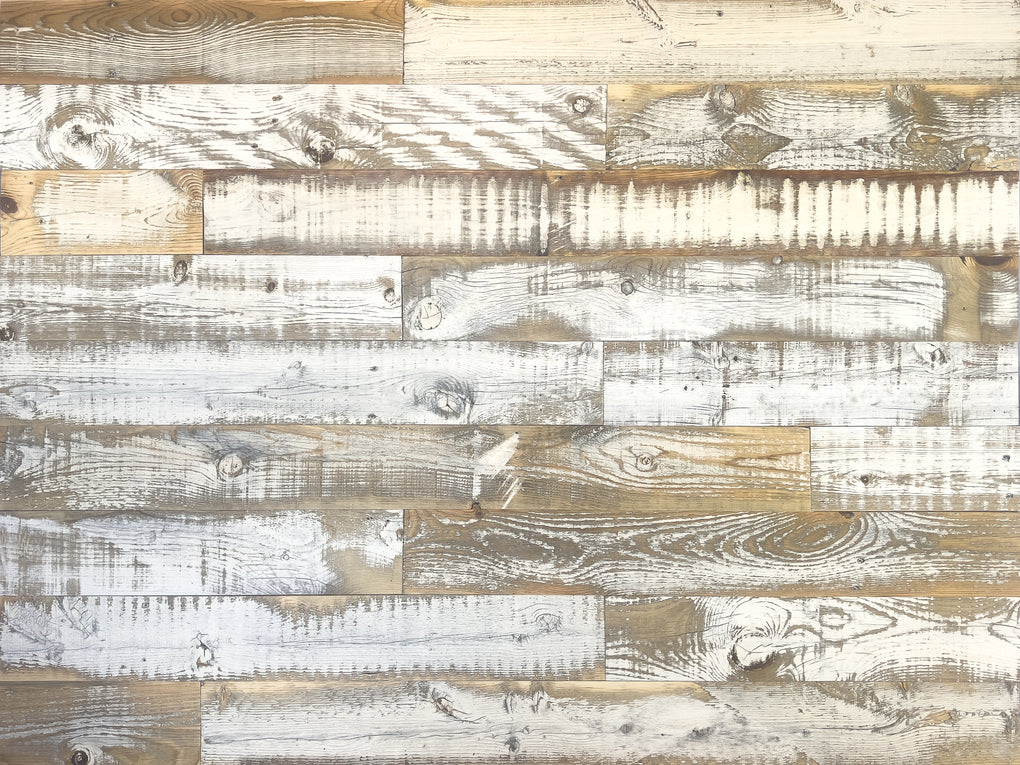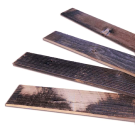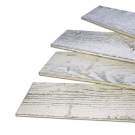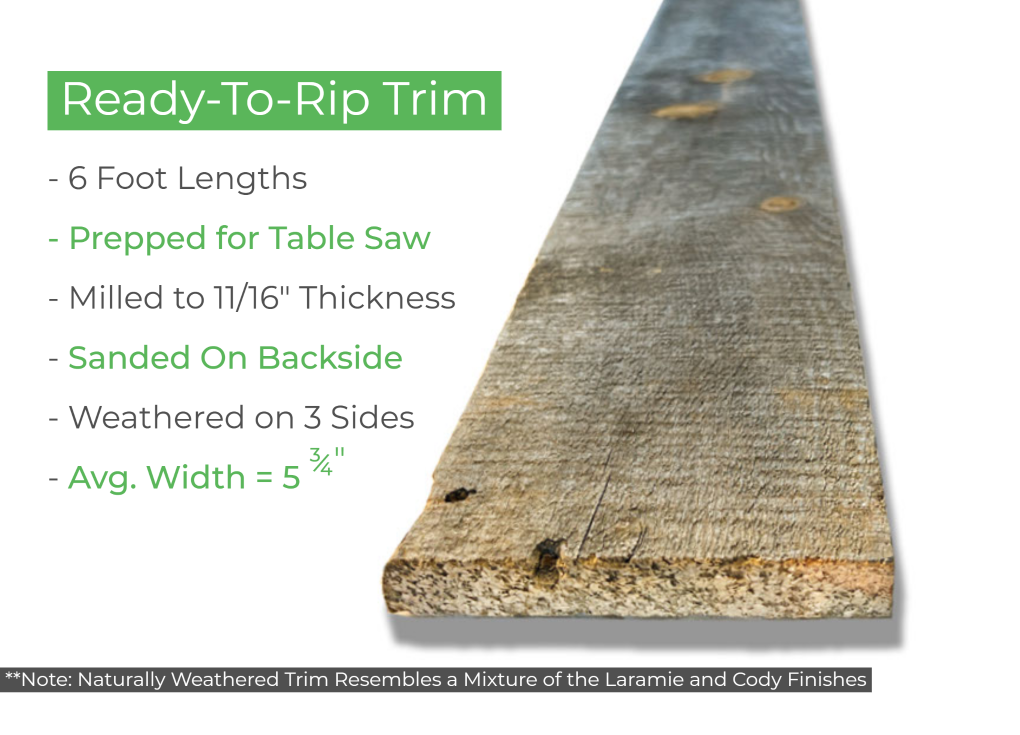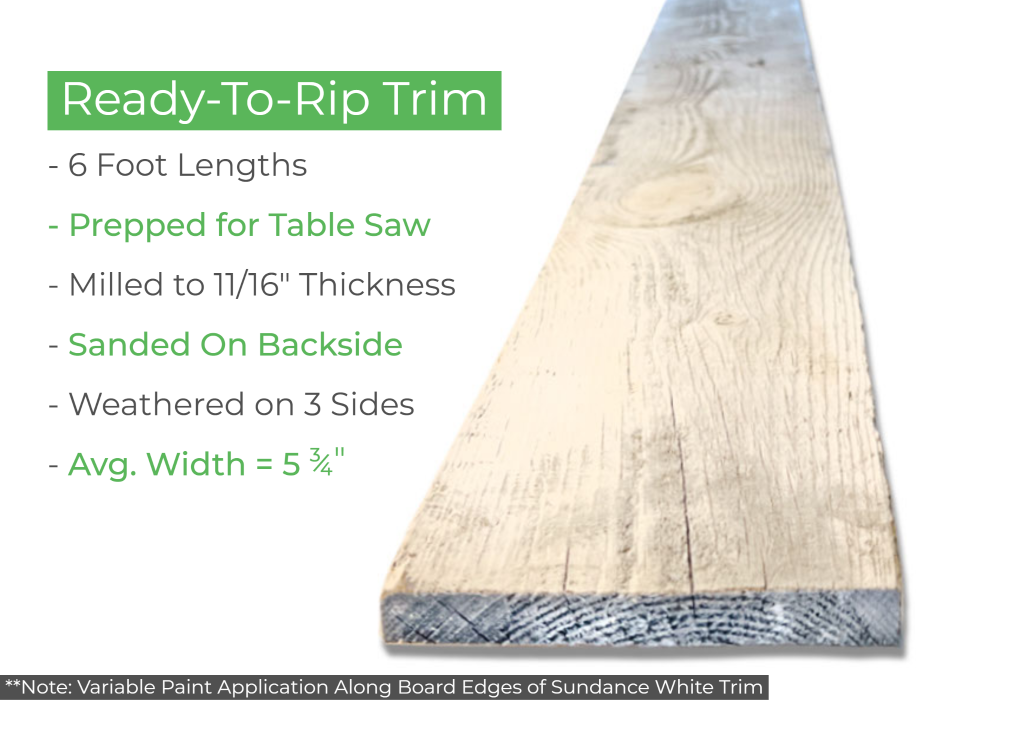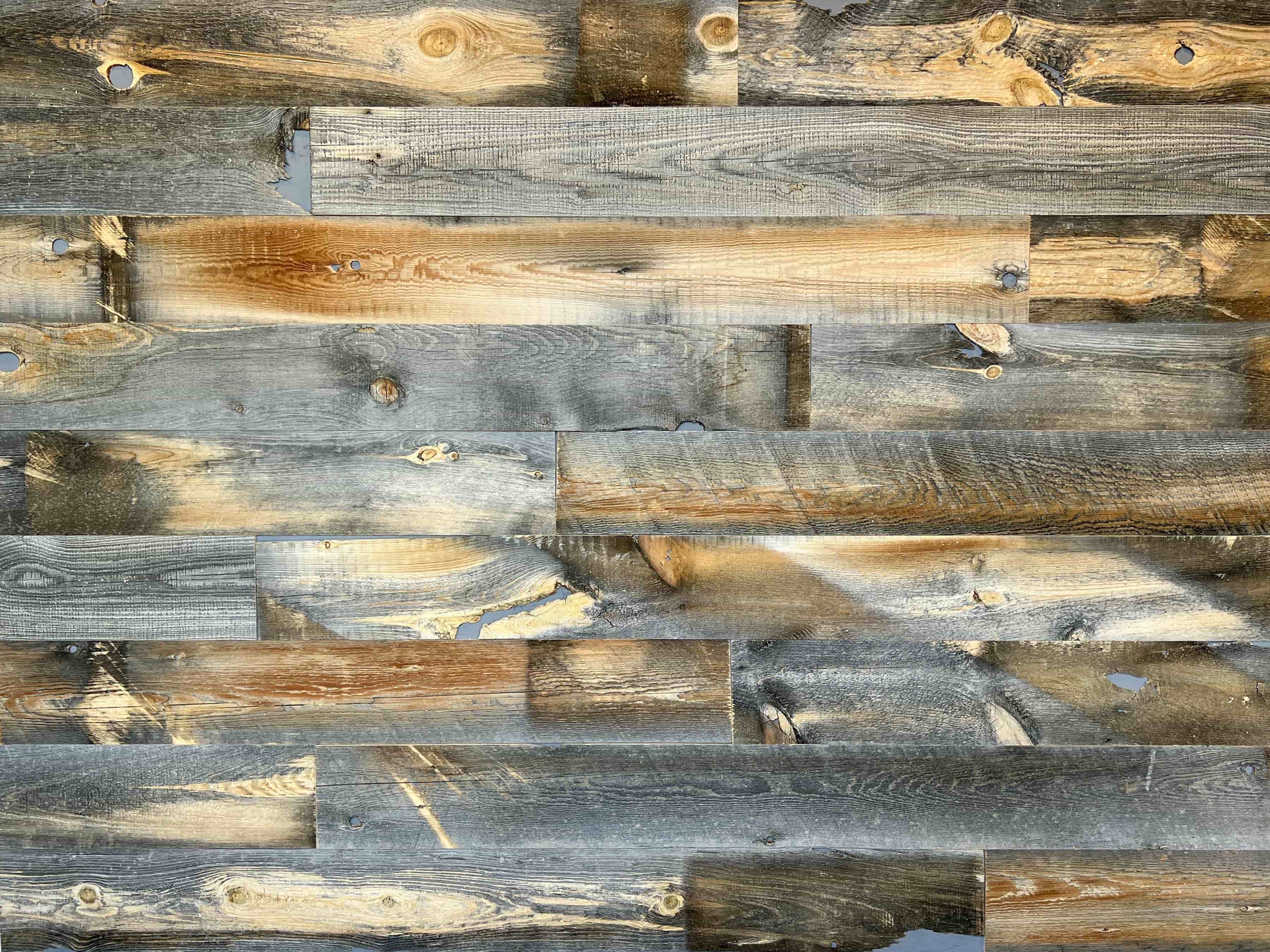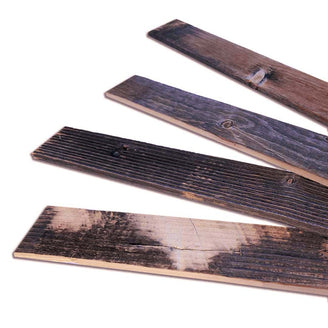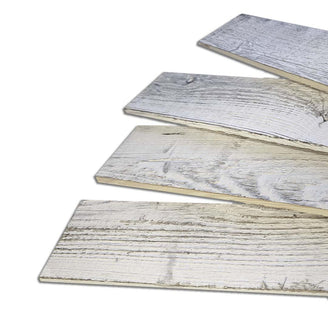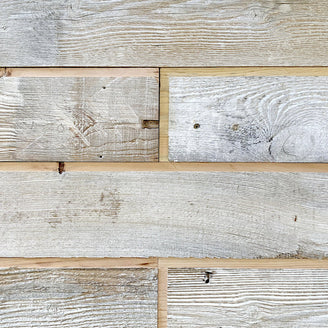Think back on some of your favorite places whether they are homes, shops, restaurants, or business places. Chances are they have some things in common and one of those things is more than likely the use of wood in design…
DESCRIPTION
July 16, 2019
SERENITY NOW… WITH WOOD
THE BENEFITS OF USING WOOD IN ARCHITECTURE & INTERIOR DESIGN
BIOPHILIC
Wood is considered to be a biophilic material and not reliant on natural light or windows. Using wood as an exposed building material or design element has been shown in studies to reduce stress. Furthermore, there have been other studies revealing that businesses featuring wood in their lobby’s interior design are seen as more comfortable and more desirable to work for. Other studies from Japan have shown that our olfactory response to the alpha-pinenes in wood have a calming effect on humans. There is even an uptick in people practicing Shinrin-yoku, also known as forest bathing.
There are clear links between our environment and our health and mood. After all, we typically spend more than ninety percent of each day near and inside buildings. It only makes sense that buildings themselves influence how we feel both physically and mentally. It’s for that reason that we should do everything possible to ensure that buildings provide a safe, healthy, supportive environment for those inside.
BUILDINGS AND WELL-BEING
Did you know that some buildings are designed with people’s health and wellness in mind? WELL-certified buildings have been designed for just that purpose. This evidence-based certification process measures the performance of those features of a building that affect our health and well-being.
The mission of the International WELL Building Institute™ (IWBI) is to improve the way buildings are designed and built. WELL is certified by the Green Business Certification Incorporation (GBCI)—the same agency that oversees LEED. Some of the features that the IWBI measures and monitors include those that affect the air, water, light, and comfort of the humans inside. WELL certification ensures that those buildings will improve our fitness, nutrition, and sleep patterns. In turn, those improvements will have a positive effect on our mood.
There are over one hundred WELL features that each address a different issue that can affect the occupants of a building. Many either match existing standards or support positive lifestyle changes. Performance-based standards emphasize how well a project meets its goal, while descriptive standards require specific measures to be taken along the way. Precondition Features form the minimum baseline; Optimization Features are optional and determine how far above the baseline a project reaches.
Recycled and reclaimed wood is not just pleasing to the eye and nose. It also qualifies for LEED credits and is an important component of WELL projects. Reclaimed wood from Wyoming snow fence is a wonderful biophilic material for your next project.


